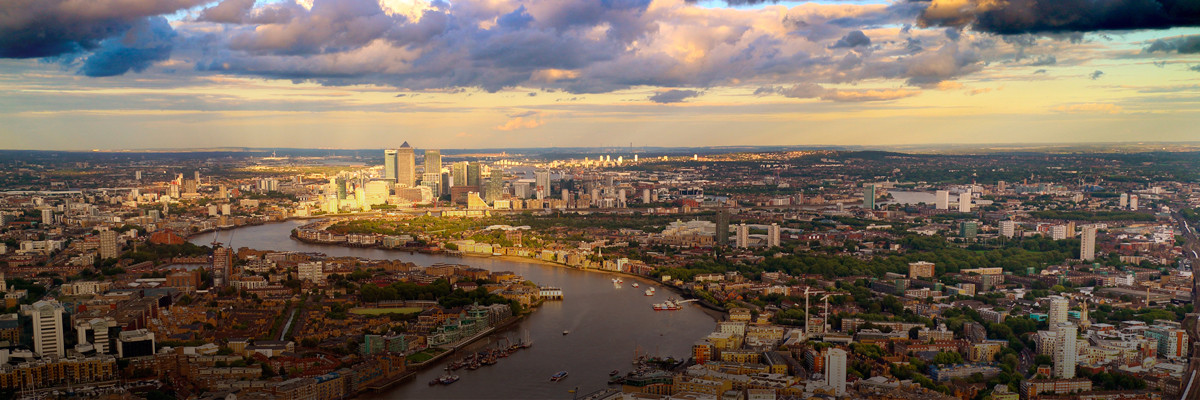
Authors
-
Tara Norton
Former Managing Director, BSR
Typically, more than 50 percent of an average corporation’s carbon emissions come from the supply chain. Therefore, global supply chains are one of the most critical opportunities for companies to reduce climate impacts and gain business benefits from building resilience.
In a Spring Forum Series 2015 event in London on May 28, BSR will launch a report on climate-resilient supply chains that will include a step-by-step framework for managing this important risk area; examples from BSR member companies and partners; and best practices for companies in the consumer products, information and communications technology, retail, and food, beverage, and agriculture sectors.
Since January, we have been conducting research and interviewing companies on their approaches to climate-resilient supply chains. Most of these findings are in the report (Editor's note: "Business Action for Climate-Resilient Supply Chains" can be found here), but we are sharing a few tips ahead of schedule.
Identify Hot Spots
This tip might be obvious to some, but it’s an important point to emphasize: The key to addressing climate in supply chains is figuring out where the biggest opportunities for impact, or “hot spots,” are.
Hot spots include areas of opportunity to reduce emissions through reduction in energy, water usage, or waste. They also comprise areas of vulnerability, where suppliers may not sufficiently be aware of climate risks or lack appropriate resources to mitigate them, or where there are processes that rely heavily on inputs threatened by climate change.
A number of companies have worked on methodologies to find their own hot spots; Kering’s Environmental Profit and Loss Account remains a leading example of a robust approach. Companies can also follow Unilever’s example. As Unilever states in its greenhouse gas strategy, “We have decided to deepen our efforts in one area where we have the scale, influence, and resources to create fundamental change to the system, not simply incremental improvements. We will deepen our efforts on working to eliminate deforestation from supply chains.”
You Don’t Need a New Strategy
Building a climate-resilient supply chain does not have to mean establishing a new and separate strategy; if you understand the hot spots in your company's supply chain, you should ensure that these areas are referenced appropriately in your existing business strategy, supply chain strategy, category sourcing strategies, and/or sustainability strategy.
According to Louise Nicholls, head of responsible sourcing, packaging, and Plan A at Marks & Spencer, “We don’t have a single climate goal for our supply chain; it’s too complex an issue to be shrunk to one number. But we have many Plan A commitments that are either for addressing climate risk or helping the supply chain adapt.”
Act and Develop Targets in Parallel
Based on our research, it is clear there’s a tension between developing robust climate targets—a process that takes significant effort—and taking action on those strategies. Our advice is that companies should strive to do both at the same time. Climate action is urgent; don’t let the need for targets get in the way of acting right now. Get involved in local and global collaborations that address supply chain hot spots. At the same time, work with experts to develop robust, science-based climate targets. If targets suggest that you need to take more action, readjust with evidence.
We look forward to further discussions on how to build climate-resilient supply chains. If you’d like to dig deeper, join us on May 28 for the Building Climate-Resilient Supply Chains event in London.
The BSR Spring Forum Series 2015 features events throughout Europe dedicated to business action on climate. Attendance is free and by invitation only. BSR will manage the registration process to ensure balanced representation. Please request an invitation by emailing EventRSVP@bsr.org.
BSR’s latest sustainability insights and events straight to your inbox.
Let’s talk about how BSR can help you to transform your business and achieve your sustainability goals.